If you’ve ever been curious about the most unusual red succulents, look no further! How do succulents change color and, more importantly, are red succulents real?
Because the color red is often associated with love and passion, what better way to demonstrate your enthusiasm for succulents than with a few red succulents? It’s impossible to go wrong with these bright red plants, which can be used in centerpieces, living walls, and fairy gardens.
Echeveria agavoides 'Romeo'
This magnificent Echeveria is an excellent way to brighten up your succulent collection. You can purchase them directly from Amazon by clicking here.
Echeveria agavoides’ radiant rosette can reach a height of six inches and a diameter of twelve inches. Romeo blooms in the spring and early summer with petite flowers with the same vibrant hue as the plant.
Echeveria agavoides are low-maintenance plants as long as they are planted in well-draining soil and watered only when necessary. While the partial sun is ideal, extreme heat can be detrimental to the plant. Romeo can be propagated easily from leaf cuttings or seeds.
Romeo Rubin Succulen
Sempervivum Heuffelii 'Chocolate Sundae'
These vibrant succulents have bright red tips and a lime-green center. Depending on the time of year, the leaves’ red hue can deepen.
The mature height of the Chocolate Sundae is less than three inches. The rosettes can grow to a diameter of three to four inches.
Chocolate Sundae, like many Sempervivum, is ideal for inexperienced gardeners due to its ease of maintenance. It is easily propagated through the offsets that it generates.
Additionally, it is a frost- and drought-tolerant plant.
Chocolate Sundae
Sedum rubrotinctum' Aurora.'
This succulent’s incredible depth of color complements any gardener’s color scheme. It is available on Etsy by clicking here.
This stunning red succulent is indigenous to Mexico. Its long stems grow to a maximum length of eight inches and are covered in fleshy, round leaves. The leaves are colored in shades ranging from pink to deep red. The more sunlight that this plant receives, the darker the leaves become.
Aurora is a succulent that grows quickly and is easy to propagate. It requires plenty of sunlight and adequate drainage. As is the case with the majority of succulents, infrequent watering is optimal. Although drought-tolerant, this plant is susceptible to frost and must be protected during periods of extreme cold.
Jelly bean
Tillansia ionantha’ Air Plant.’
This small plant has long, fuzzy leaves that average less than three inches in length. Daily exposure to a few hours of direct sunlight will enhance the plant’s red hues. Since air plants do not require soil, they can be “planted” almost anywhere to add a pop of color to your decor.
While air plants are not succulents, they are incredibly easy to care for. While they do not require soil, they require ample indirect sunlight, airflow, and the occasional misting. It will assist if excess moisture is avoided in the plant or surrounding material.
Whatever color you prefer—scarlet, burgundy, or merlot—you can find succulents to match your preferences. From prickly cacti to delicate air plants, you can add a splash of color to any garden. Show off your passion for plants with these stunning red succulents and cacti.
Air plant
Euphorbia trigonal Royal Red.'
This unusual cactus features long spine-covered stems that range in color from variegated green to deep burgundy. Each stem is triangular and is draped in greenish-red leaves.
It can reach a height of six feet when grown in ideal conditions. It thrives in containers or open gardens, as long as the climate is frost-free.
Royal Red is a fast-growing cactus that can quickly establish itself as a big focal point in your garden in less than five years. It thrives in full sun, which brings out the plant’s deep burgundy leaves and stems. Adequate drainage is critical to preventing root rot.
Title
Aloe 'Christmas Sleigh'
Leaf and Clay is the ideal location to discover your new Aloe! To view it, click here.
If you’re looking for a one-of-a-kind Aloe to add a splash of color to your garden, Christmas Sleigh is the plant for you. This eye-catching succulent features vibrant red spines and deep green leaves.
It’s an attractive option for container gardens or outdoor landscaping, depending on the climate.
The plant produces bright reddish-pink flowers in the fall.
Christmas Sleigh thrives in areas with adequate drainage, full sun, and consistent watering. It is a very forgiving plant, which makes it an excellent choice for inexperienced gardeners. Because this Aloe is a slow-growing plant, you will not need to repot it frequently.
Christmas Sleigh
Crassula capitella ‘Red Pagoda’
This one-of-a-kind plant brings a splash of color to any hanging container or outdoor garden. At Mountain Crest Gardens, you can purchase one!
Crassula capitella is a striking succulent native to South Africa with long stems covered in stacked, triangular leaves. You can use it as a ground cover in frost-free climates, but it also works well in hanging containers. The stems can reach a maximum length of eight inches.
Red Pagoda requires well-drained soil. The lighter the foliage, the better, as this plant’s red hue will deepen to a brilliant burgundy when exposed to direct sunlight. Crassula capitella propagates easily from stem cuttings, but the leaves are delicate and may fall off during cutting or transplanting.
Red pagoda
Mammillaria spinosissima' Red-Headed Irishman.'
Check out this brightly colored cactus if you need a conversation starter. Now is the time to order yours from Amazon!
This unusually named cactus has a deep blue-green stem that can reach a height of 12 inches and a diameter of about four inches. The stem is obscured by a dense covering of the orangey-red spines that give the plant its name. Contrary to its name, the Red-Headed Irishman is a Mexican native.
Mammillaria, like the majority of cacti, must never be allowed to sit in wet soil. Proper drainage is critical, as is exposure to direct sunlight. The cactus is dormant during the winter and requires little to no water. You may fertilize it with a cactus-specific fertilizer during the growing season.
Title
Sempervivum' Red Lion'
When you see the vivid color of this Sempervivum, you cannot help but smile! Click the image to purchase it on Amazon.
This Sempervivum cultivar is characterized by deep red rosettes that occasionally have green leaf tips or shades of yellow. Because it is a frost-hardy plant, it is ideal for adding color to an outdoor garden or landscaping project, even in colder climates. At maturity, Red Lion’s rosettes reach a diameter of about six inches.
When planted in well-draining soil, this adorable succulent does well in either partial or full sun. Offsets from Sempervivum can be left to grow in dense clumps or removed and planted elsewhere.
Additionally, Red Lion is non-toxic to pets, which means you won’t have to worry about furry guests in your garden.
Red Lion
Before you leave, be sure to take a look at some of our previous articles:
Frequently asked question
'Aurora' Sedum rubrotinctum
This stunning red succulent is indigenous to Mexico. Its long stems reach a maximum length of eight inches and are covered in fleshy, round leaves. The more sunlight that this plant receives, the darker the leaves become. Aurora is a succulent that grows quickly and is easy to propagate.
If the leaves of your succulents begin to turn red, orange, blue, or purple, this indicates that your plant is experiencing some stress! Succulents respond to environmental stressors such as intense sunlight and heat by producing pigments called anthocyanin and carotenoid.
While succulents are typically associated with their vibrant green color, did you know that there are numerous colorful succulents? You can find succulents in vibrant red, muted blue, and a variety of colors in between. Additionally, some have stunning accent colors such as yellow, white, and black
Why Do Succulents Change Colors? Succulent plants frequently change color in response to stress. While stress may sound negative, it is perfectly normal and necessary if you want that color to stand out. Three variables affect the color of succulents: water, sunlight, and temperature.
To color succulents, you must alter their environment to place them under "stress." Their color can be altered by less or more water, less or more sunlight, and warmer or colder temperatures. However, if you want more vibrant colors, you can also use food coloring.

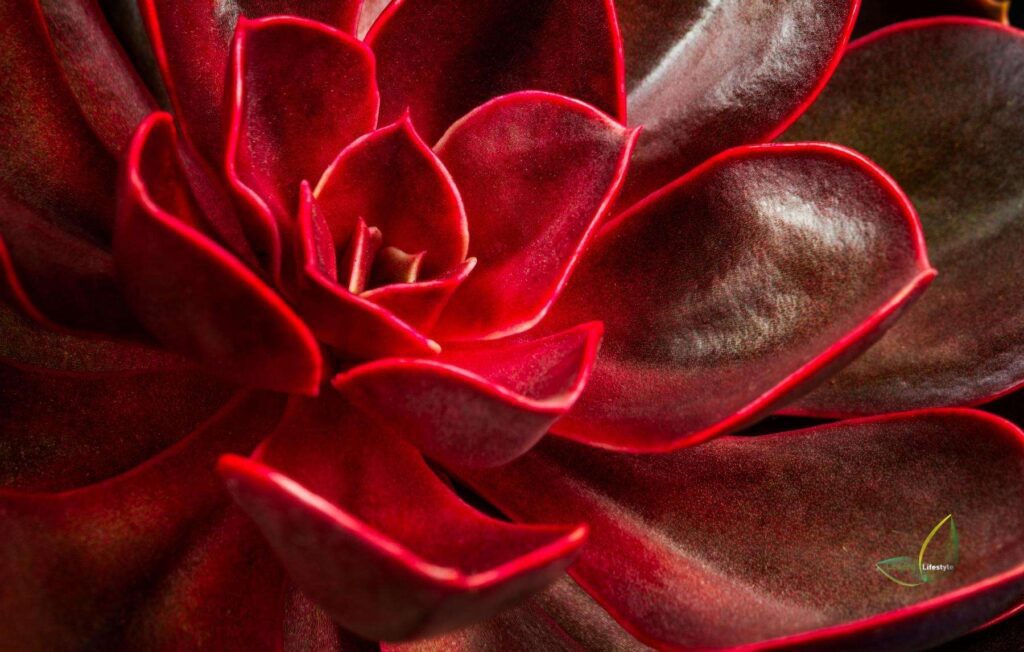

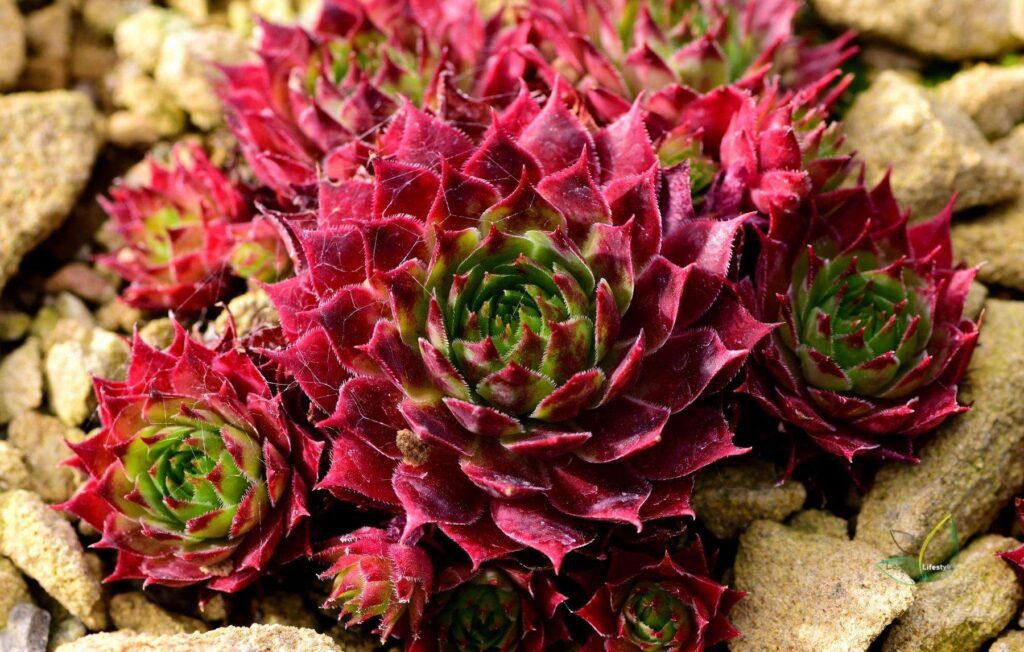
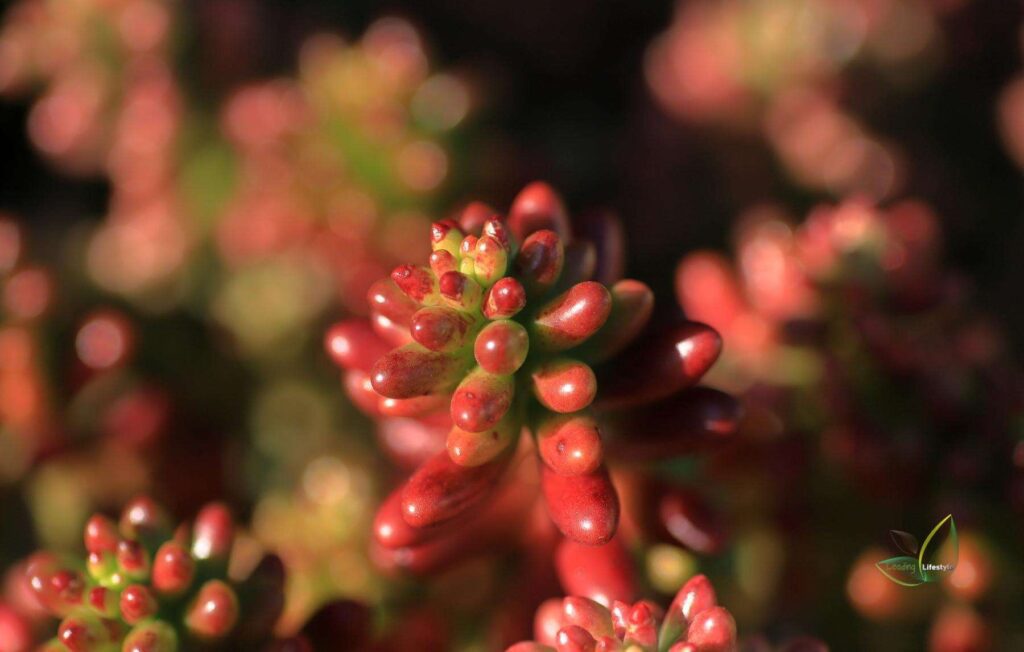




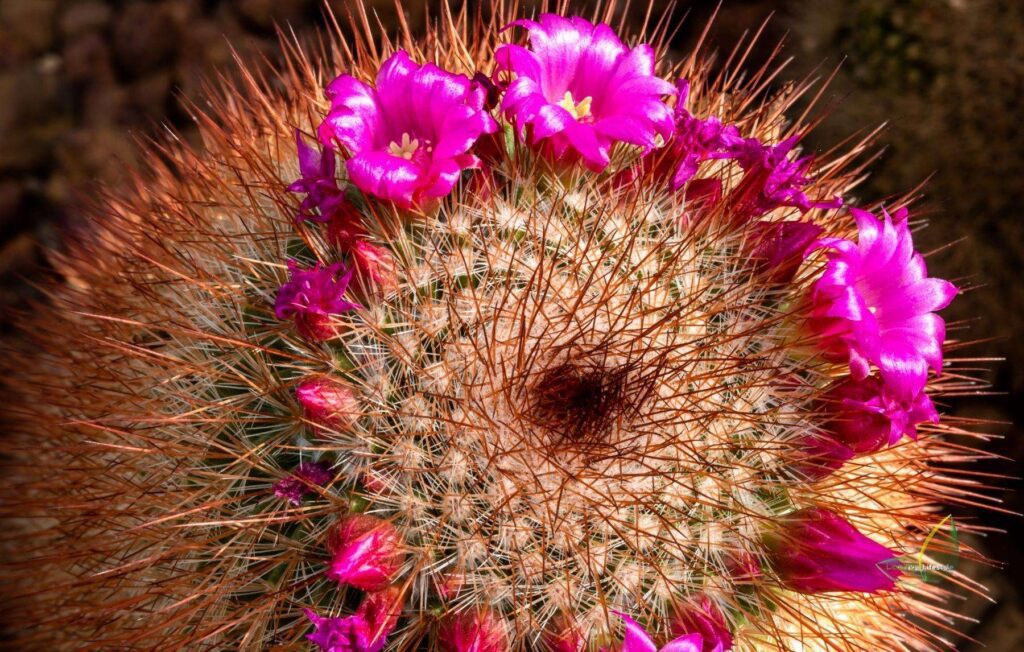















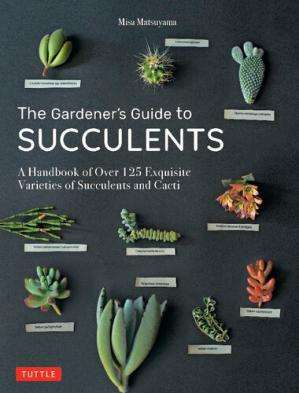

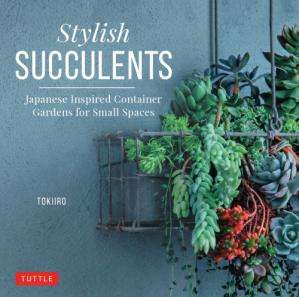
3 Responses
Good post. I definitely appreciate this site.
Continue the good work!
You can certainly see your enthusiasm within the article you
write. The world hopes for even more passionate writers such as you who are not afraid to mention how they believe.
All the time go after your heart.
Greetings from Los angeles! I’m bored to death at work
so I decided to check out your site on my iphone during lunch break.
I really like the information you provide here and can’t wait to take a look when I get home.
I’m amazed at how fast your blog loaded on my mobile ..
I’m not even using WIFI, just 3G .. Anyhow, awesome blog!